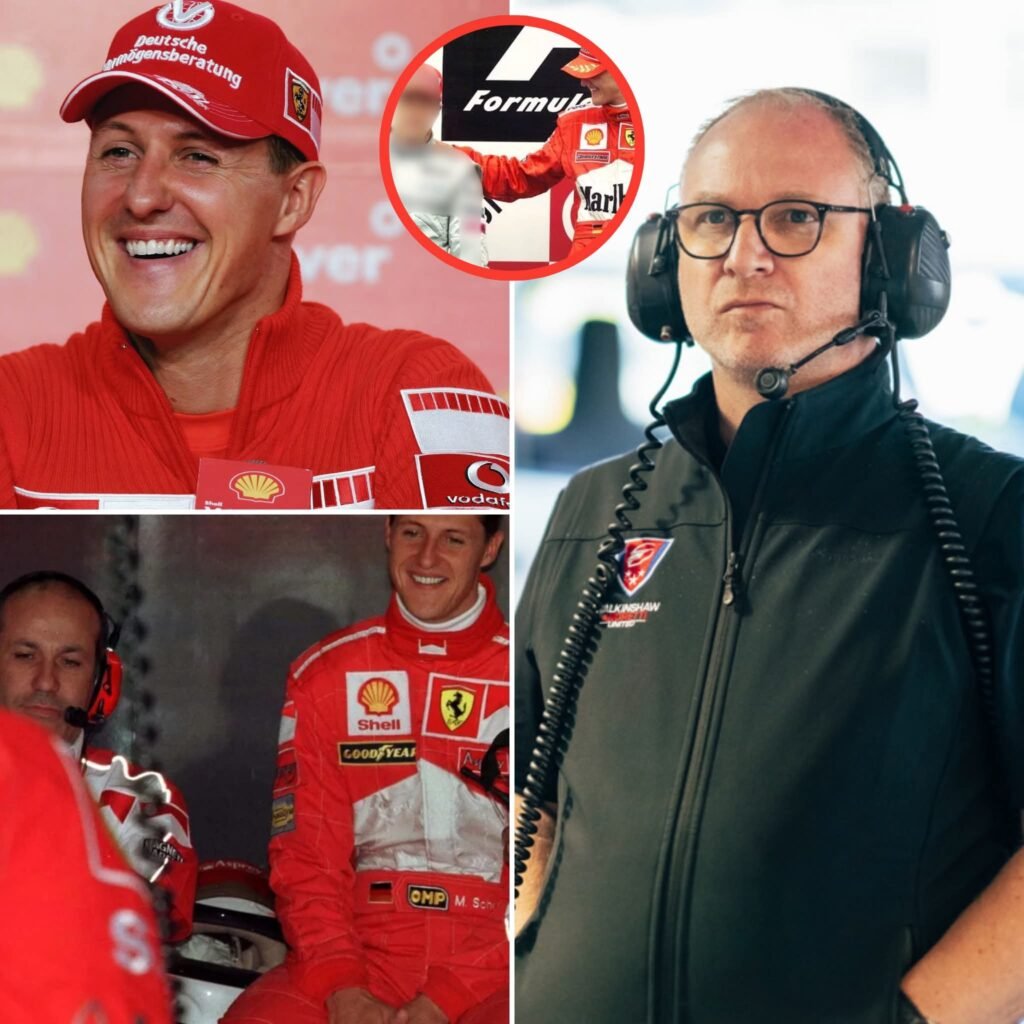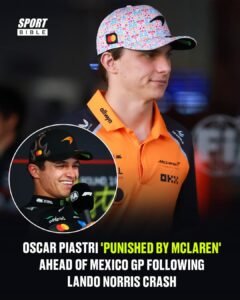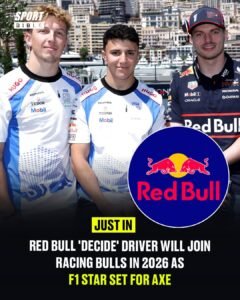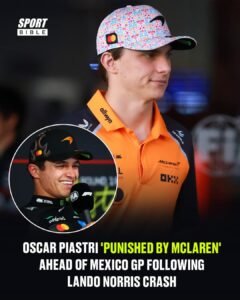
Michael Schumacher — the indomitable titan of Formula 1 — was renowned for his psychological precision, mechanical mastery, and unshakable mental fortitude. His rivals often fell not just to his speed, but to the mind games he orchestrated with surgical finesse. Damon Hill, Jacques Villeneuve, and countless others learned that facing Schumacher meant entering a psychological battlefield as much as a racetrack. Yet according to former McLaren engineer Richard Hopkins, who worked alongside Schumacher in his early years, there was one exception — a driver who could pierce the armor of the seven-time World Champion.
That man was Mika Häkkinen — the “Flying Finn” whose cool composure and instinctive brilliance made him the one rival Schumacher could never fully decode. Hopkins revealed that Schumacher respected Häkkinen in a way he did no other. “Mika was the only driver who could truly get inside Michael’s head,” he recalled. “He didn’t do it with words or mind tricks — he did it with pure speed and anticipation. He could read Michael’s moves before Michael made them.” That rare quality transformed their rivalry into a psychological duel of equals rather than predator and prey.
The late 1990s saw this rivalry crystallize into one of the purest head-to-head contests in Formula 1 history. Häkkinen’s back-to-back championships in 1998 and 1999 came not through luck or superior machinery, but through his ability to neutralize Schumacher’s mental dominance. Hopkins reflected that Schumacher, normally invincible in self-belief, admitted privately that Häkkinen was the only competitor who could “beat him straight up.” Their battles became a test of nerve, precision, and respect — devoid of theatrics, yet charged with tension.
Unlike Schumacher’s clashes with Hill or Villeneuve, his duels with Häkkinen were defined by mutual admiration. Häkkinen’s legendary overtake at Spa in 2000, slicing past Schumacher and Zonta in one breathtaking motion, symbolized the essence of their rivalry — two minds operating at identical frequencies, each predicting the other’s next step. Hopkins described it as “a race between reflections,” where Häkkinen’s uncanny intuition dismantled Schumacher’s usual psychological edge. For perhaps the only time in his career, Schumacher faced an adversary he couldn’t outthink.
In later years, Schumacher openly acknowledged Häkkinen as his greatest rival — the only man who could truly disturb his rhythm. It was a rare admission from a driver defined by dominance. Their story remains an emblem of Formula 1 at its finest: not a feud of hostility, but of mutual reverence between two gladiators who understood that greatness is often measured not by how many you defeat — but by who is capable of defeating you.





